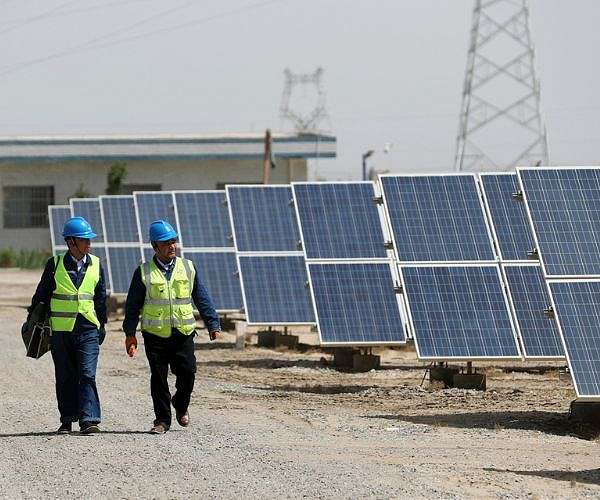A photovoltaic upgrade in Jiaxing, China, significantly increases power production
The distributed photovoltaic “trade-in” project in the administrative center in Haining City, Jiaxing, Zhejiang Province, has significantly increased the power generation capacity without expanding space. The project, which was launched on September 9, is the first of its kind in Zhejiang, following the publication of the “Implementation Plan for Large-Scale Equipment Renewal in Major Energy Fields” by the National Development and Reform Commission and the National Energy Administration on August 21.
As installed photovoltaic capacity in China grows, the issue of recycling outdated photovoltaic panels becomes increasingly important. The “Plan” emphasizes the need to renew and recycle photovoltaic equipment, improve networking capabilities and increase energy generation efficiency using advanced digital and power electronics technologies.
As part of its ambitious new energy development strategy, the city of Haining has set a target of installing 300,000 kilowatts of photovoltaic capacity annually, with a target of 350,000 kilowatts. By 2026, the city expects to have more than 2 million kilowatts of installed photovoltaic capacity, with annual green electricity production of more than 2 billion kilowatt hours. A key part of this plan involves upgrading older photovoltaic systems to improve both capacity and efficiency.
In 2023, State Grid Zhejiang Electric Power began mapping and assessing installed photovoltaic systems in Haining, from residential rooftops to commercial buildings. The goal was to develop a trade-in program for these systems. The project on the roof of the administrative center is the first pilot in the context of this initiative. This involves replacing 888 P-type modules of 270 watts with 731 N-type modules of 590 watts, increasing the capacity from 237.6 kilowatts to 431.29 kilowatts.
“This helps improve the power generation efficiency and energy consumption of photovoltaic power plants,” said Chen Huajie, the project leader. The upgraded system is expected to generate 470,000 kilowatt hours of electricity annually, enough to meet the needs of 100 households in the region. Over its remaining life, it will produce 4.5 million kilowatt hours of new green electricity, significantly reducing carbon dioxide and sulfur dioxide emissions.
Zhong Jiewen of State Grid Zhejiang Electric Power noted that this pilot project would serve as a model for future initiatives, promoting sustainable economic and environmental development in the region.


